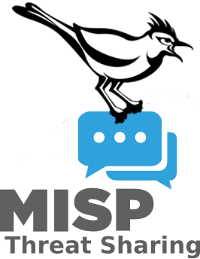Yesterday, a very interesting article was published on the MISP blog by my friend Koen about a solution to monitor a MISP instance with Cacti. Monitoring your threat intelligence platform is always a good idea because many other tools depend on it. You can feed other tools with MISP data





